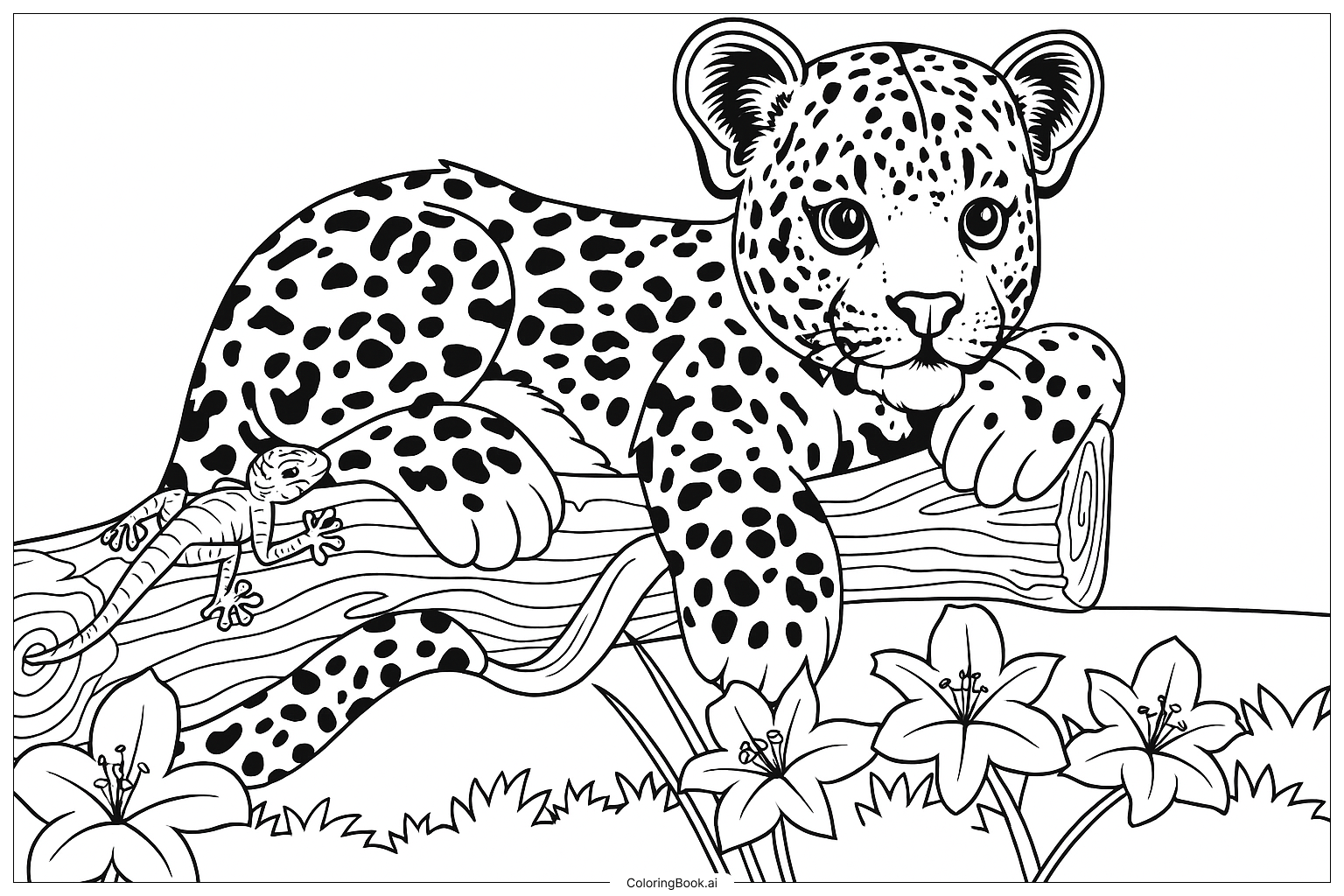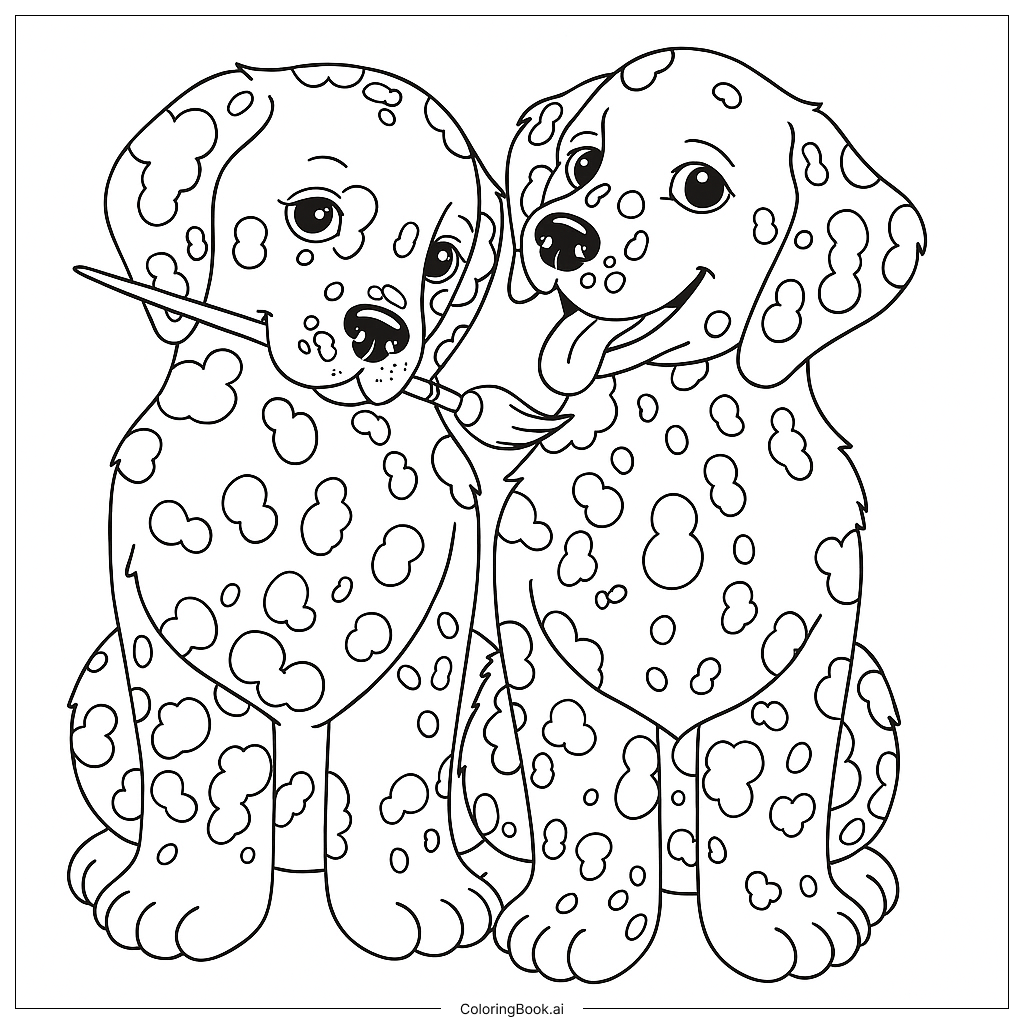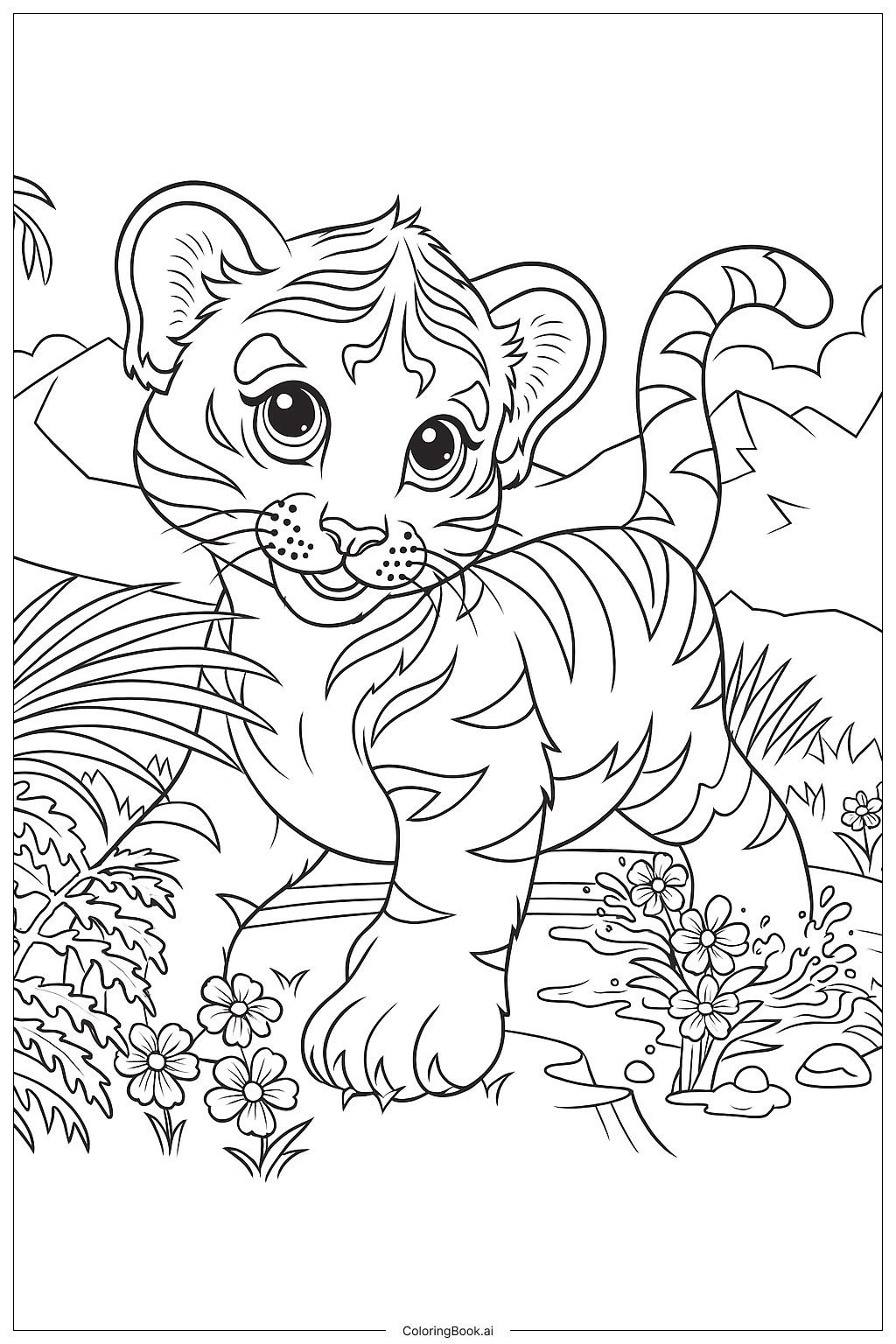Coloring tips: How to color Hunter coloring page well?
Use shades of yellow, orange, and brown for the leopard's fur to make it look realistic. Color the spots black to highlight the leopard's pattern. For the tree branch, choose browns with darker lines for the wood texture. The flowers can be colored in bright colors like pink, purple, or red to add contrast. Use green for the grass and leaves. Try blending colors gently to show depth and light. Don’t forget to color the small lizard with bright or natural colors to make it stand out.
Coloring challenges: Which parts are difficult to color and need attention for Hunter coloring page?
1. Coloring the leopard’s spots precisely can be tricky because they are small and close together. 2. Creating a smooth fur effect needs careful blending of colors without making the spots look messy. 3. The flower petals have thin lines that require careful coloring to stay inside the lines. 4. Coloring the tree’s wood grain needs patience to follow the curved lines and make it look natural. 5. Coloring the lizard and leopard’s eyes with detail is important but requires steady hand control to avoid coloring outside the edges.
Benefits of coloring books: Advantages of drawing Hunter coloring page
Coloring this picture helps improve fine motor skills as it requires careful control to color inside small, detailed areas. It also encourages creativity in choosing colors and blending them. Coloring the leopard and its environment teaches children about animals and nature. It can increase focus and patience since some areas need detailed attention. Lastly, it provides a fun and relaxing activity that boosts confidence when the colorful picture comes to life.




